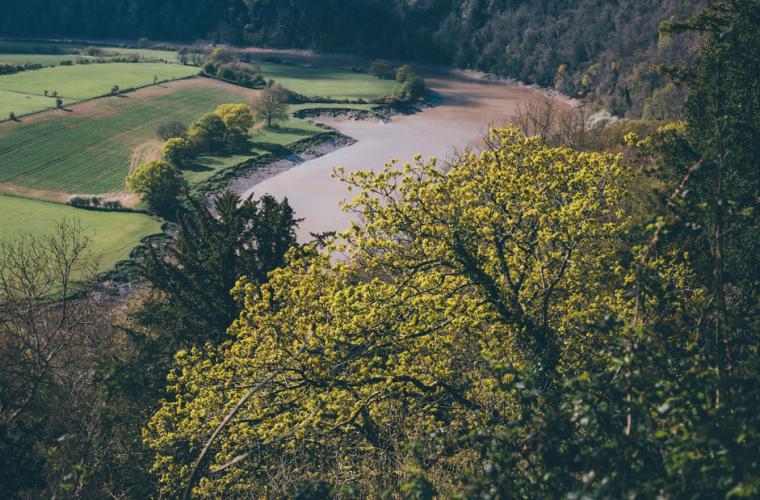“It is concerning and frustrating that pollution levels in some rivers have reached a point to trigger bans on building around 20,000 new homes each year, over seven per cent of all England’s likely new house building."

More than seven per cent of all of England’s planned house building cannot go ahead due to river pollution levels, with further house building banned in other areas because of low water levels, analysis by the Local Government Association (LGA) reveals today.
The LGA said its new analysis is a wakeup call on the need to protect our special habitats but said that limiting new developments alone will not be enough to improve the state of English rivers. This is because the majority of pollution is caused by agriculture and water companies.
Councils want to work with the Government, water companies and farmers to clean up our rivers and reduce pollution to levels required by the Habitats Directive law, which was established to protect nature and bio-diversity. This can only be done by reducing pollution at source and delivering sustainable production of food and clean water
The new LGA analysis shows 23 councils have more than 90 per cent of likely house building areas impacted by the law. Forty councils have more than a quarter of their likely house building impacted. Almost a third of building in the whole of the Northeast of England is impacted.
Together around 20,000 new homes a year will not be able to be built unless developers and councils can prove they will produce no additional pollution, and with few quick fixes the numbers of homes prevented from being built could hit 100,000 in the coming years.
In the meantime, councils are working on short-term solutions, and some have managed to put in place nature-based schemes that can offset the environmental impact of new housing so that developments can go ahead. The LGA said this needs to be easier for councils as the current system is challenging, lengthy and uncertain.
Without long-term action on river clean up these special habitats will remain in challenging circumstances and the building bans will continue to have profound impacts in many places, halting growth and infrastructure, job losses, and hitting council finances.
Cllr David Renard, environment spokesperson for the LGA said:
“Councils want safe, clean, thriving natural environments alongside the sustainable development of housing, growth and jobs.
“It is concerning and frustrating that pollution levels in some rivers have reached a point to trigger bans on building around 20,000 new homes each year, over seven per cent of all England’s likely new house building.
“People need homes, schools and doctors’ surgeries, and people also need a safe and clean environment.
“Councils are working tirelessly to enable house building while upholding high environmental standards. However, they cannot achieve this alone. We need to reduce pollution at source, which predominantly originates from water treatment and farming.
“The Government and its agencies, house builders, the agricultural sector and water companies must all come together with councils to find short-term solutions while doing everything we can to reduce pollution at source."
- The LGA is launching a policy inquiry to find solutions focusing on how to improve rivers by addressing the underlying causes of pollution, and are keen to hear from councils, builders, the agricultural sector, and water companies
- The report ‘Housing Supply and Environmental Protections’ is available here
